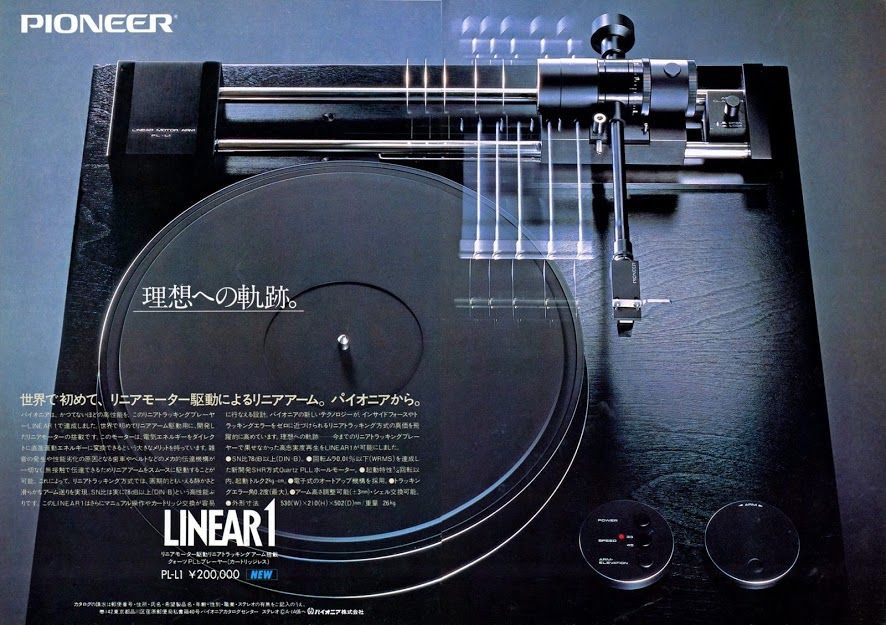Yes, indeed!
IGD always bothered me when I had my 1st TT, an SL-Q2, which , BTW, was the reason I gave up on pivoted arm TTs (i bumped the arm and it fatally wounded "Brain Damage" in my then beloved MFSL PF DSOTM pressing).
I don't have to tell you that these things are built like freaking tanks...and they sound heavenly! the freq response on the specs sez it goes up to 11! (55KHz!). The SL-10 is way too fancy and with the clamp you run the risk of it going to hell and this one is basically the SL-10 sans the locking mechanism.
I am very thankful that this one just cost me the hassle of dealing with a not very smart/practical seller cause he screwed up big time and PPal wound up refunding the purchase in less than 10 minutes(!!!).
Highly recommended LT TT.
AAMOF, very few people have LT TTs here in this forum which I find rather curious knowing how demanding our QQ brethren are.
Cheers!
Looks like you're in business for CD-4!
I'd love to find my ultimate linear tracker, a Pioneer PL-L1 on Craig's List for a hundred bucks like I did with my PL-L1000. Never seen a PL-L1 in person. It was part of Pioneer's "Elite" series. The two I have a Pioneer PL-L1000 (black) and the Phase Linear 8000 (silver) are basically the same principle operating linear motor to move the arm base. Sony used a linear motor in early CD players maybe the CDP-101 to move the optical assembly. Denon used that same Sony optical pickup linear motor in their DCD-1500. I have one of those here with a worn out spindle motor and a failed optical pickup. The disc would move up and down vertically just a bit while spinning, the tracking servo electronics would try and keep up with it and ultimately fried the focus coil in the optical assembly, so the whole thing's shot. Parts long since unavailable. Sad, that was a great CD player. But I digress...

Last edited:








